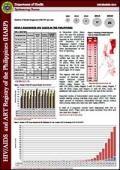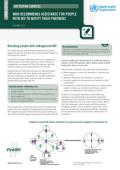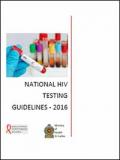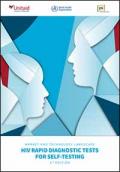Publications on People Living With HIV (PLHIV)
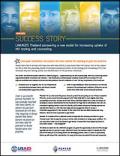
Resource | Publications,
Fewer than half of all men who have sex with men (MSM) in Asia know their HIV status. Part of the reason for this is that the prevailing model of outreach-based promotion of HIV testing and counseling (HTC) has achieved only low testing uptake and identication of HIV-positive individuals.
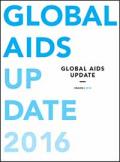
Resource | Presentations,
The world has committed to ending the AIDS epidemic by 2030. How to reach this bold target within the Sustainable Development Goals is the central question facing the United Nations General Assembly High-Level Meeting on Ending AIDS, to be held from 8 to 10 June 2016. The extraordinary accomplishments of the last 15 years have inspired global confidence that this target can be achieved.
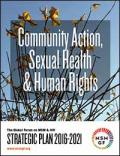
Resource | Publications,
In order to develop its new Strategic Plan (2016-2021), The Global Forum on MSM & HIV (MSMGF) undertook a comprehensive and iterative consultation process with MSMGF members, partners, Board members and staff. We gathered evidence through a series of activities conducted between early 2015 and early 2016. These activities, as well as other strategies gathered through the whole process is outlined in this document.
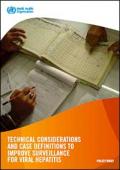
Resource | Publications,
In 2010 and 2014, World Health Assembly resolutions called for stronger surveillance of viral hepatitis. In response, the World Health Organization (WHO) has developed these technical considerations to assist and guide Member States in implementing and/or optimizing viral hepatitis surveillance.
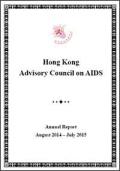
Resource | Publications,
Monitoring and understanding the current HIV/AIDS situation is crucial for the planning and implementation of prevention and care. HIV/AIDS surveillance comprises a framework of systematic and consistent monitoring, encompassing the key components of collection, collation and analysis of HIV/AIDS data, followed by the interpretation and dissemination of the relevant information. Timely information derived from this HIV/AIDS surveillance is indispensable for developing effective prevention and control programmes.






